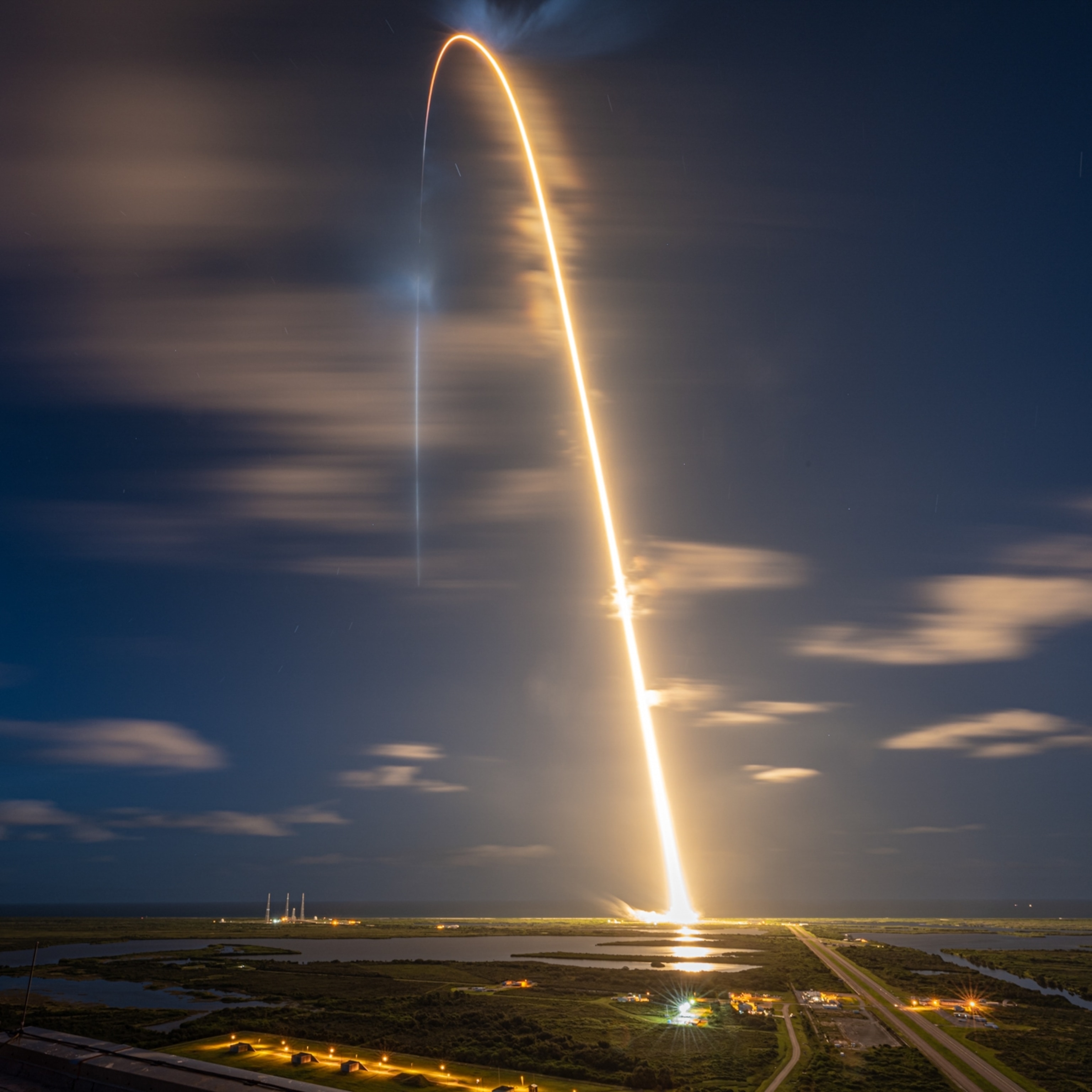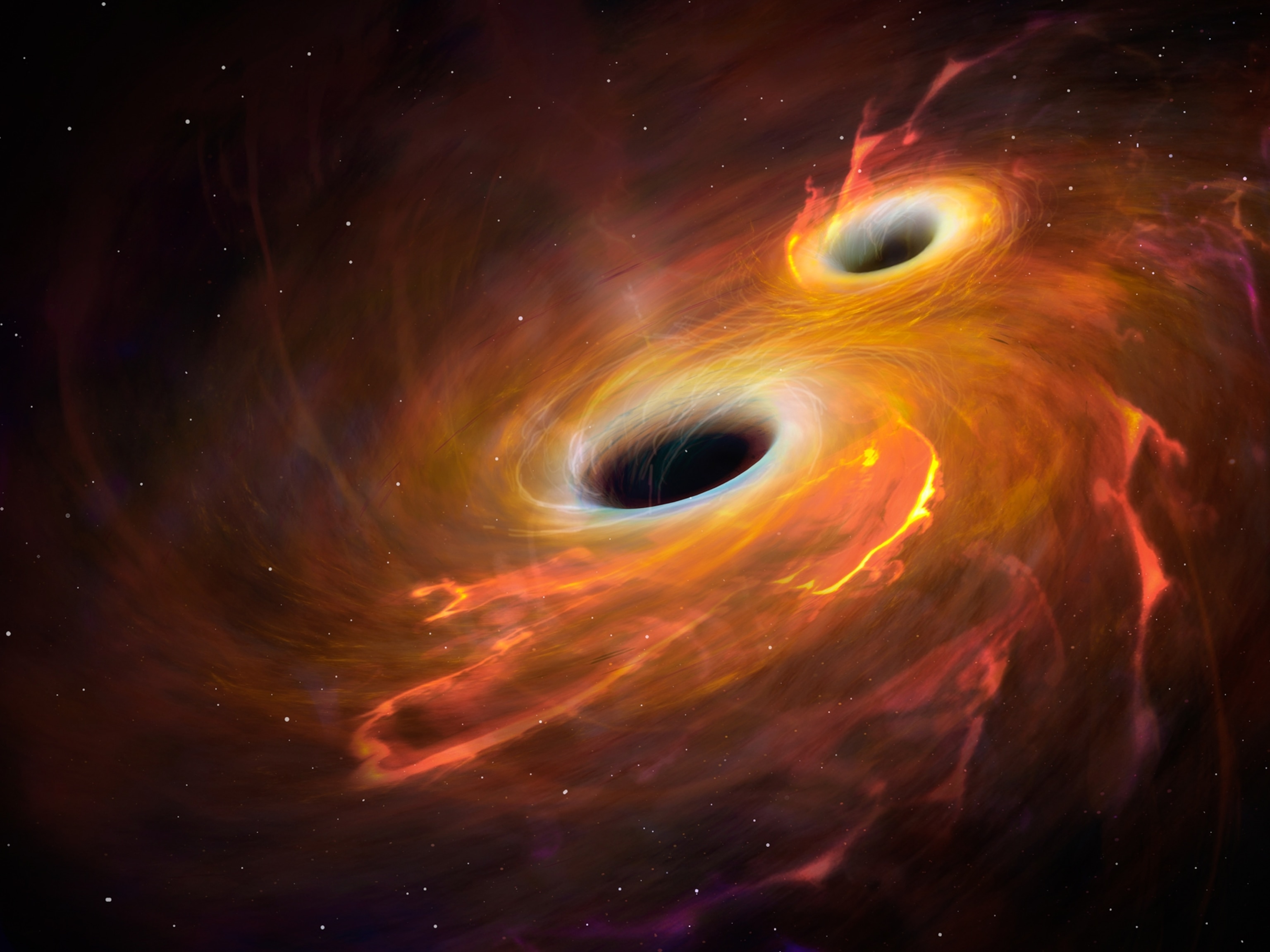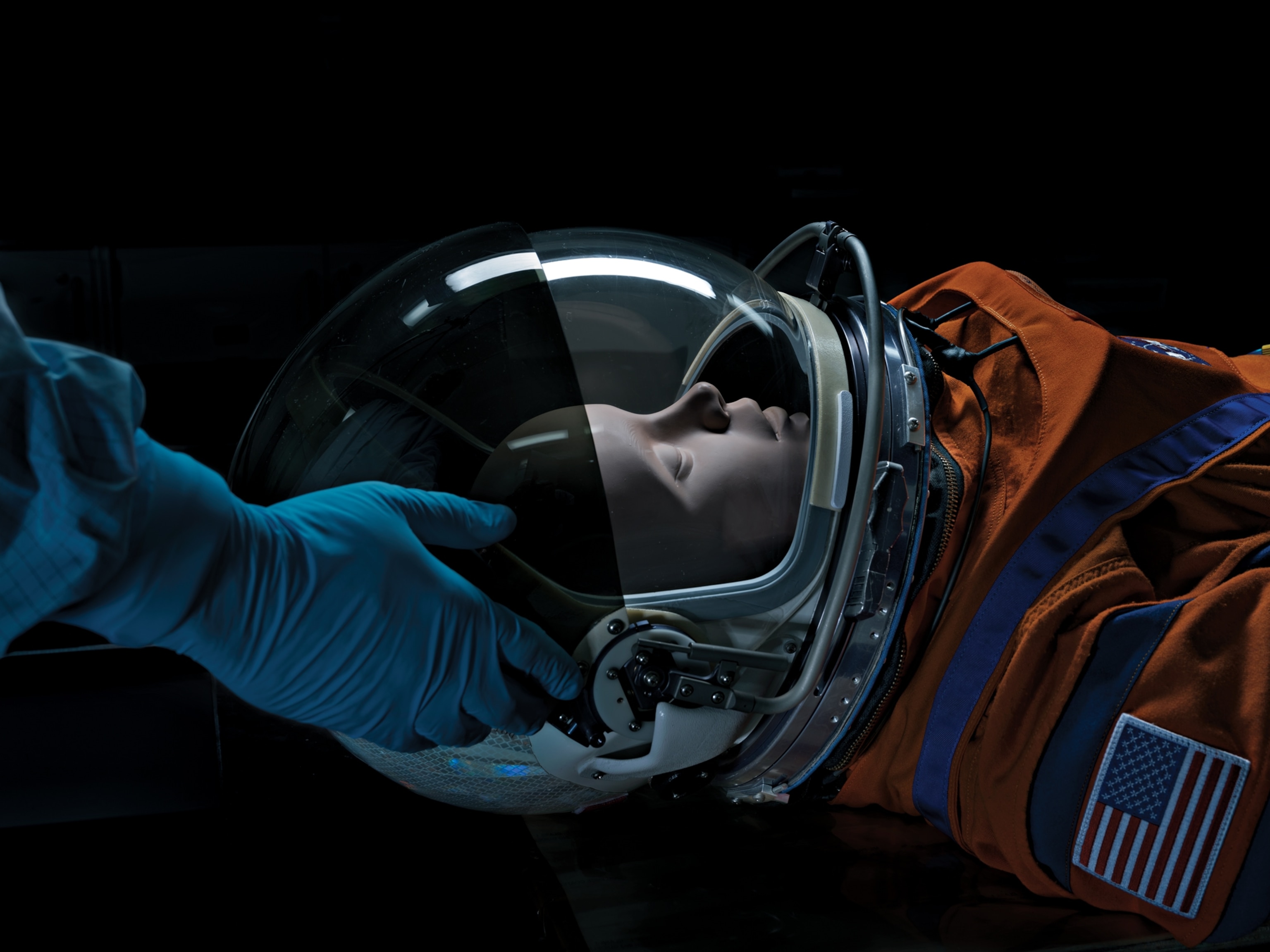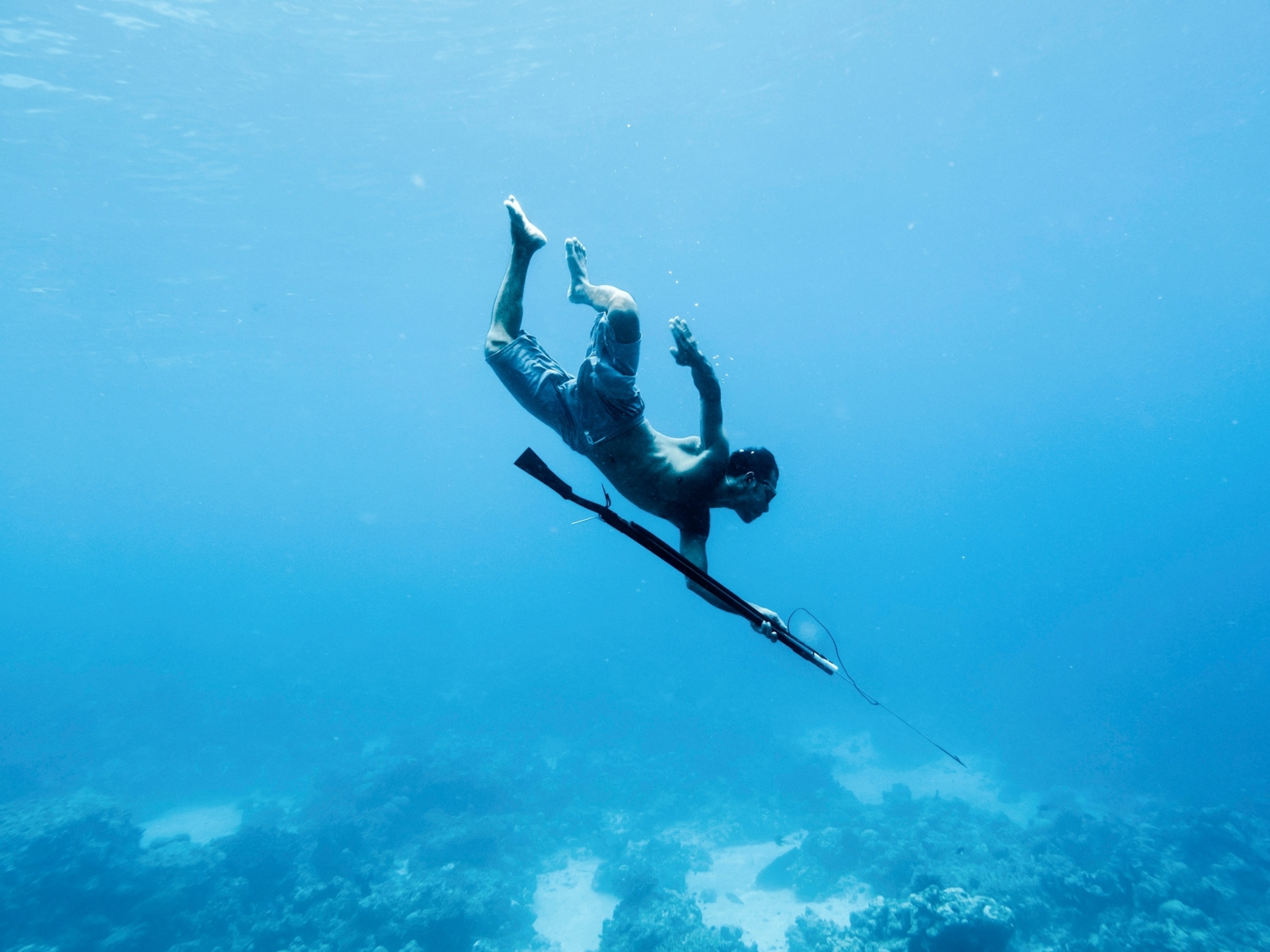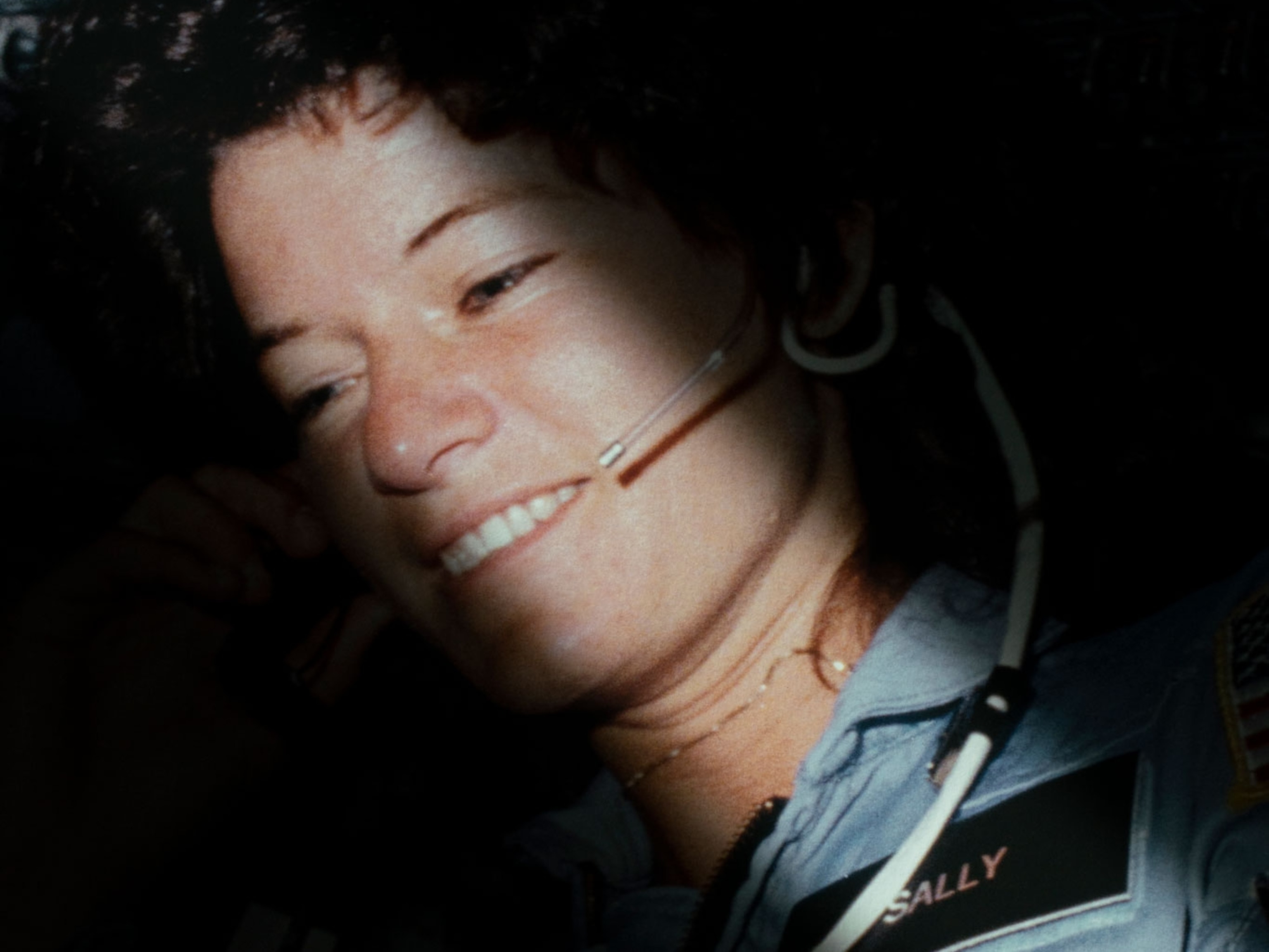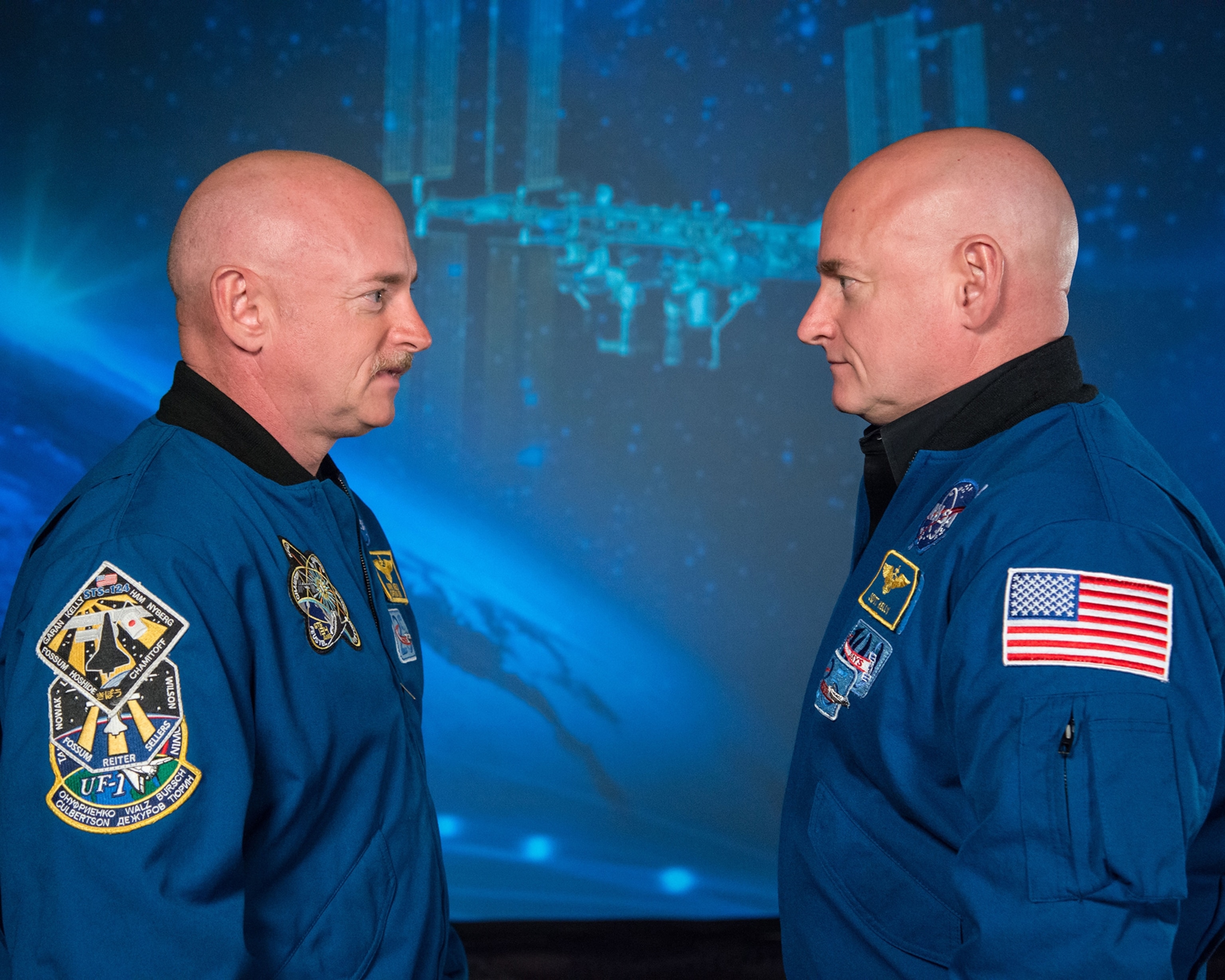
One-of-a-kind study of astronaut twins hints at spaceflight’s health effects
By comparing Scott Kelly to his twin brother on Earth, scientists are starting to untangle the genetic, physical, and cognitive toll of being in space.
Medical science loves twins—the near-perfect physical and genetic match makes for ideal conditions to compare and contrast human responses to environmental change. And when the twins also happen to be astronauts, it’s like striking research gold. That’s why NASA leapt at the opportunity when U.S. astronaut Scott Kelly suggested that he and his identical twin brother, Mark, could be test subjects for an investigation on the health effects of long-term space flight.
A first-of-its-kind study was hatched: Scott would travel to the International Space Station and stay there for one year, working and living the life of an astronaut in the confines of microgravity. Meanwhile, back on Earth, Mark would serve as a genetically identical ground control, working and living the life of a typical, untethered civilian.
The high-flying experiment took place from March 27, 2015, to March 2, 2016. Before, during, and after this one-year period, a multidisciplinary team of scientists studied the two men continuously through molecular, physiological, and behavioral lenses. The findings, which are described in a paper published today in the journal Science, offer a range of insights that may inform future human missions to the moon, Mars, and beyond.
Did space travel actually cause lasting changes in Scott Kelly? Will humans be doomed if we ever try to live long-term off Earth? We’ve got you covered.
What happened to Scott’s body during his year in space?

Scott’s overall health remained in good condition while he was on the ISS. But based on comparisons between him and Mark, scientists did observe several small shifts.
One difference involves the protective caps at the ends of chromosomes, known as telomeres. These bits of genetic material are biomarkers of aging and potential health risk, says study coauthor Susan Bailey, a health researcher at Colorado State University. While aboard the ISS, Scott’s telomeres became elongated, although it’s hard to know at this stage what, if any, effects that might have.
Researchers also found abnormalities such as inversions and translocations in some of Scott’s chromosomes and some damage to his DNA, as well as changes in his gene expression. Beyond these genetic effects, Scott developed thickening in his retina and in his carotid artery. There were also shifts in Scott’s gut microbiome that differed from those of his Earth-bound twin.
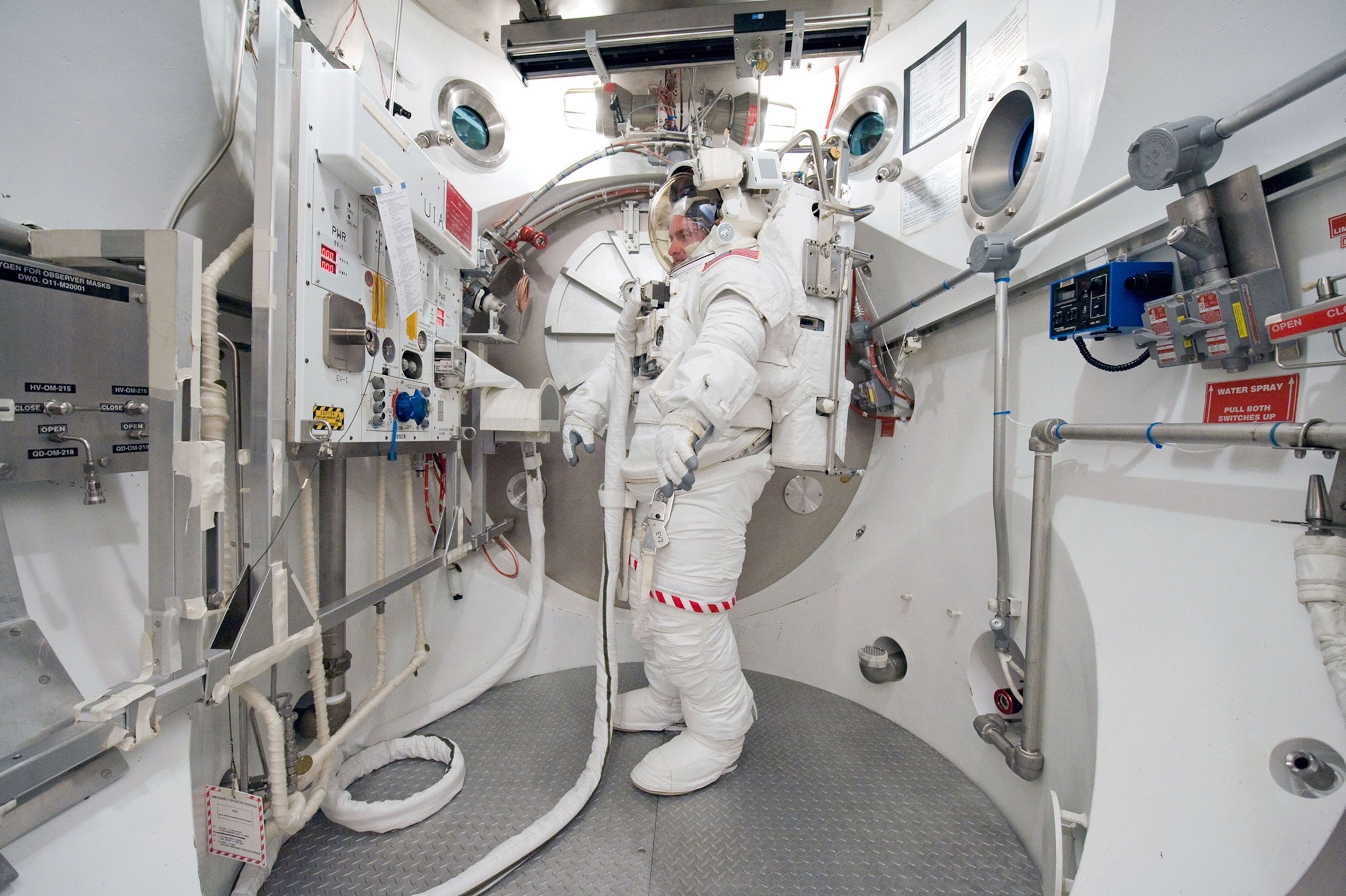
Did everything go back to normal when he returned to Earth?
Not entirely. More than 90 percent of Scott’s genes returned to normal expression levels, but some small changes persisted. And while most of his elongated telomeres quickly returned to typical length upon return, some became even shorter than they were pre-flight. This shortening may be a concern that merits further study in other astronauts, Bailey says in an email, “because short telomeres have been associated with reduced fertility” along with dementia, cardiovascular disease, and some cancers.
Still, this does not necessarily prove anything yet, cautions Carol Greider, a Nobel prize-winning molecular biologist who was not involved with the study. “We do not know the telomere length correlation and fluctuations of twins on Earth,” she writes in an email, “so there is no expectation of what might be found.”
Some chromosomal inversions also persisted, Bailey says, “and so could contribute to genomic instability, which could increase risk of developing cancer.” In the months after Scott returned, researchers also noticed a persistent reduction in his cognitive skills.
“It wasn’t getting worse, but it also was not getting any better,” says study coauthor Mathias Basner of the University of Pennsylvania’s department of sleep and psychiatry.
Does that mean that staying in space for a year makes you sick and less smart?
Definitely not. First of all, the entire research team emphasizes the shortcomings of this study’s extremely small sample size.
“The big caveat is that this is only an n equals one,” Basner says, referring to the shorthand scientists use to represent the number of samples or participants in a study. “If you count Mark, it’s at best n equals two.” Without studying many more test subjects, it’s impossible to know for sure whether these effects on Scott’s health are specific to his particular physiology or generally representative of most people under similar conditions.
“Any persistent changes were very small and would need to be replicated in additional astronauts before attributing them to spaceflight, or even differences from normal variation,” says study coauthor Andy Feinberg of Johns Hopkins University. (Learn more about the difference between changes in genetic sequence and changes in genetic expression.)
Are there other limitations of the study?
Even though this research sheds intriguing light on the potential risks of prolonged space flight, it doesn’t quite offer clues to how astronauts will fare on a Mars mission. This is in part because the International Space Station is not in deep space and is instead in low-Earth orbit, where it is still enveloped in our planet’s magnetic field and so is protected from the most harmful cosmic radiation.
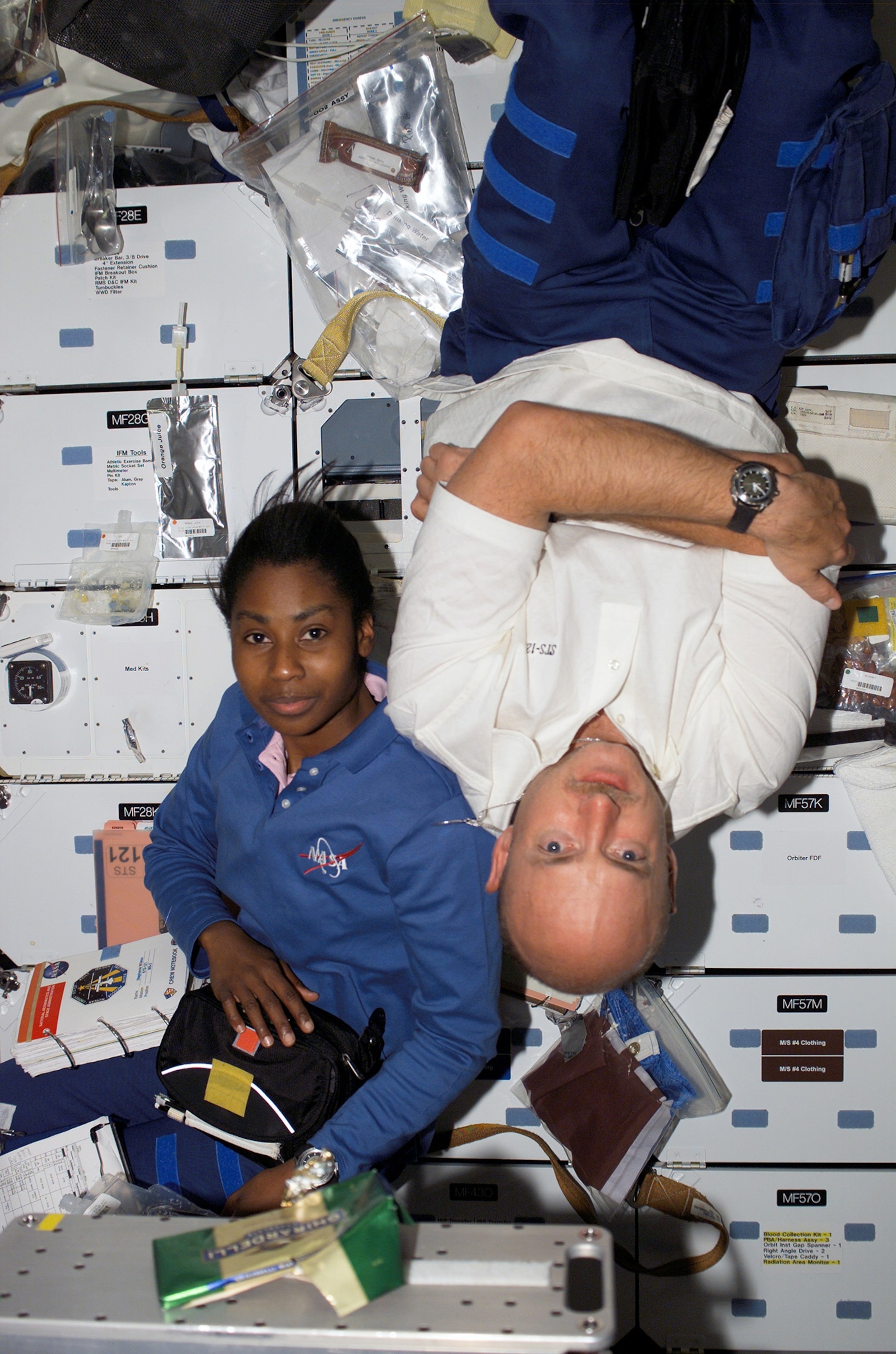
It's also incredibly difficult to coordinate the logistics of an integrated study like this. Researchers needed fresh blood samples for their analyses, which required Scott to have blood drawn while in space on the days routine cargo shipments arrived at the ISS, so the blood could then be sent back to Russia on the departing spacecraft and quickly transported to various Earth-bound labs.
Another challenge was the tiny amount in each sample, Feinberg says, which limited the scope of the research.
“We're allowed to have less blood from Scott than a child is allowed to have drawn during a hospital stay, for a lot of reasons,” he says in a press release. “Some of them are logistical and some of them are just for his own safety.”
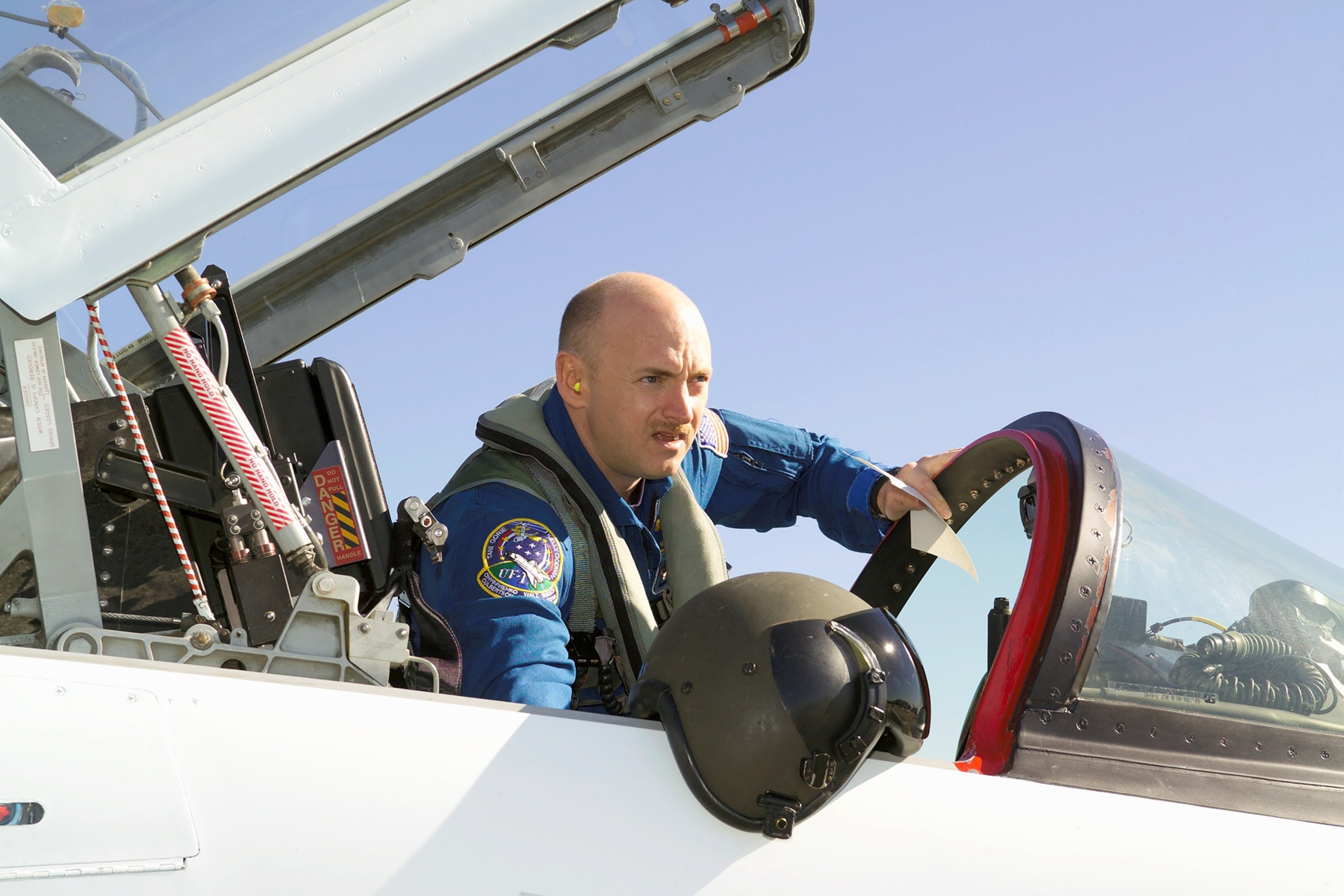
So what will it take to know the real risks of space travel?
To continue learning more about how long-term spaceflight affects the human body, NASA is planning future year-long missions to the ISS as well as more ground-based studies. Ideally, this future research will include astronauts working beyond low-Earth orbit, such as on the moon or further out in space. The team also hopes to be able to equip future astronauts with the ability and technology to process their own DNA during a mission.
And it wouldn’t hurt if those future astronauts just happened to include a set of twins.

